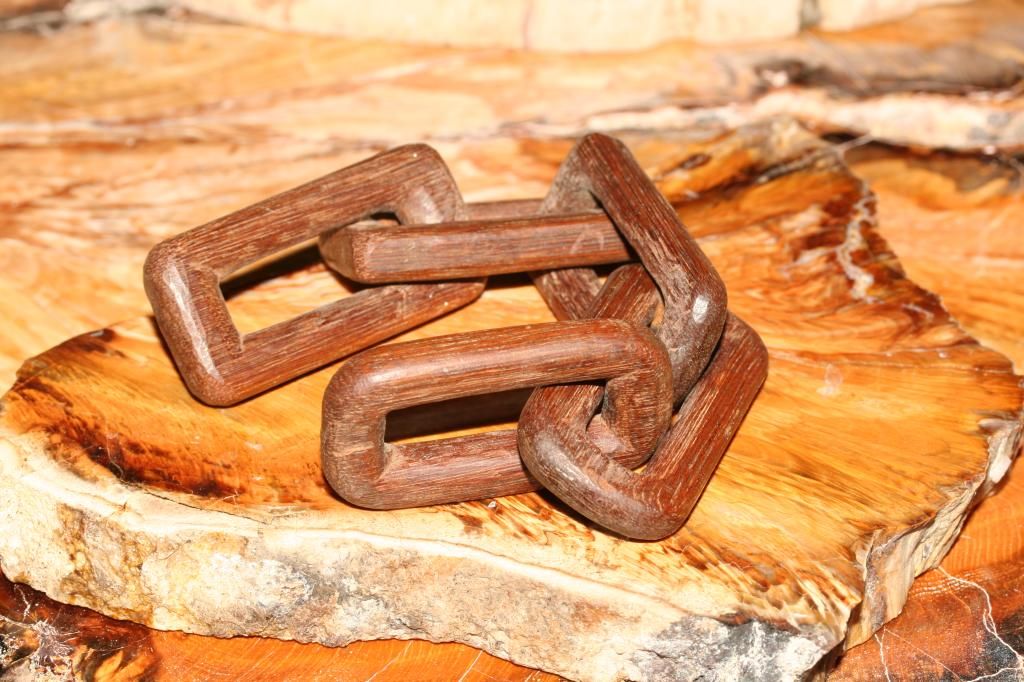|
|
Post by woodman on Feb 11, 2015 23:36:39 GMT -5
I was playing around with camera trying to imprint in my mind the proper use of aperature setting! Had some wood on photo table and realized it made a good background for my chain!  |
|
|
|
Post by roy on Feb 12, 2015 0:53:19 GMT -5
nice! i m still trying to figure out mine to
|
|
Deleted
Deleted Member
Member since January 1970
Posts: 0
|
Post by Deleted on Feb 24, 2015 16:34:37 GMT -5
If you want to learn aperture and how it effects the image, try this little exercise.
Put camera on table.
Put yardstick in front of lens angled slightly so it goes across the field of view.
Set aperture to smallest number
Focus on closest part of yardstick possible.
Take picture.
Without changing focus point take a new image for every single fStop.
Do not review images until you do the largest number fStop. Then review what has changed in each image and see the progression.
|
|
|
|
Post by snowmom on Feb 25, 2015 5:42:28 GMT -5
If you want to learn aperture and how it effects the image, try this little exercise. Put camera on table. Put yardstick in front of lens angled slightly so it goes across the field of view. Set aperture to smallest number Focus on closest part of yardstick possible. Take picture. Without changing focus point take a new image for every single fStop. Do not review images until you do the largest number fStop. Then review what has changed in each image and see the progression. That's useful and inspired! Thanks for the suggestion, I'm going to do this! |
|
Fossilman
Cave Dweller 
Member since January 2009
Posts: 20,718 
|
Post by Fossilman on Feb 25, 2015 10:24:15 GMT -5
Thumbs up...
|
|
Deleted
Deleted Member
Member since January 1970
Posts: 0
|
Post by Deleted on Feb 25, 2015 16:26:28 GMT -5
If you want to learn aperture and how it effects the image, try this little exercise. Put camera on table. Put yardstick in front of lens angled slightly so it goes across the field of view. Set aperture to smallest number Focus on closest part of yardstick possible. Take picture. Without changing focus point take a new image for every single fStop. Do not review images until you do the largest number fStop. Then review what has changed in each image and see the progression. That's useful and inspired! Thanks for the suggestion, I'm going to do this! Thanks, that was required of me 30+ years ago when I bought my first camera. Dude at the store was inspiring and teaching me all the simple stuff. Back then it coast almost four hours work to buy a roll of film and have it processed. The equivalent of that today? $48 for my kid the same age today as I was them. You can do it free! |
|